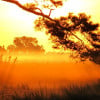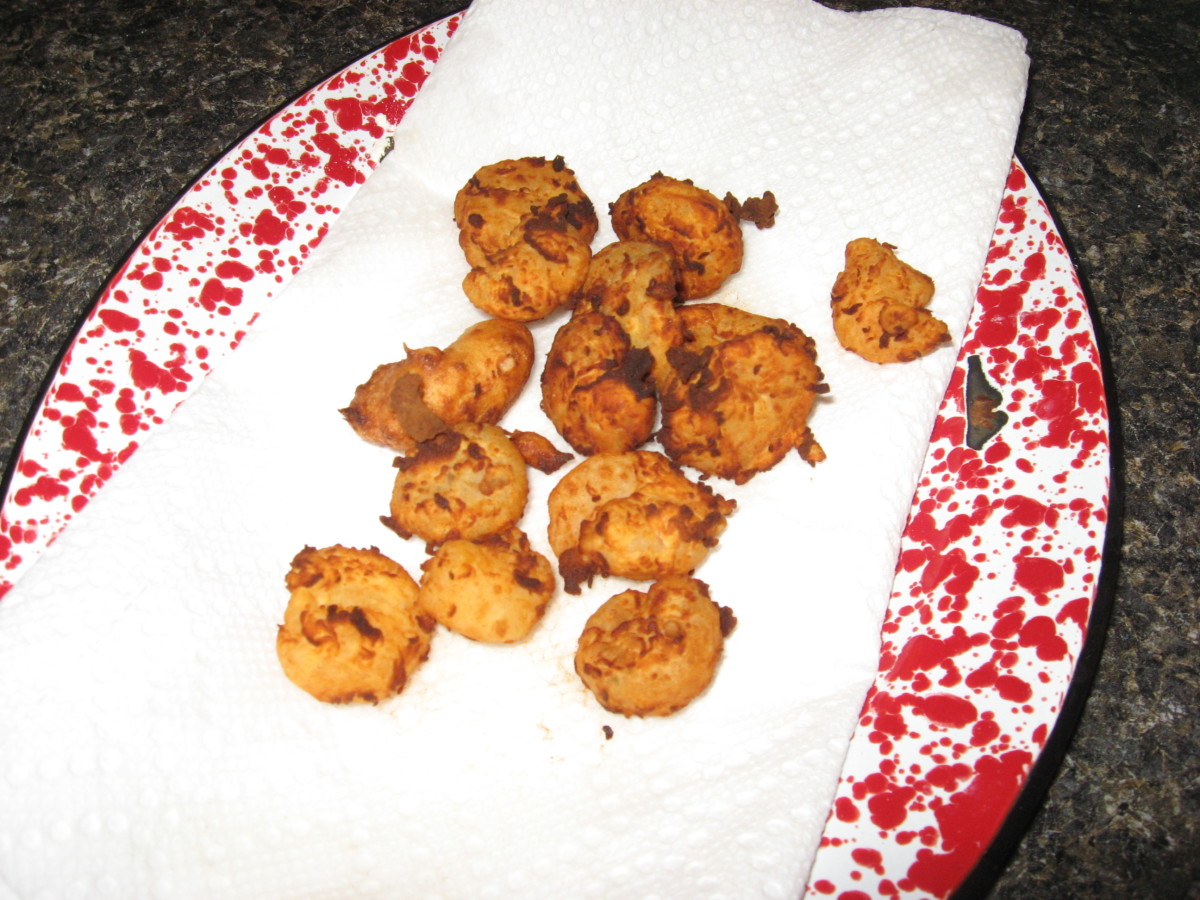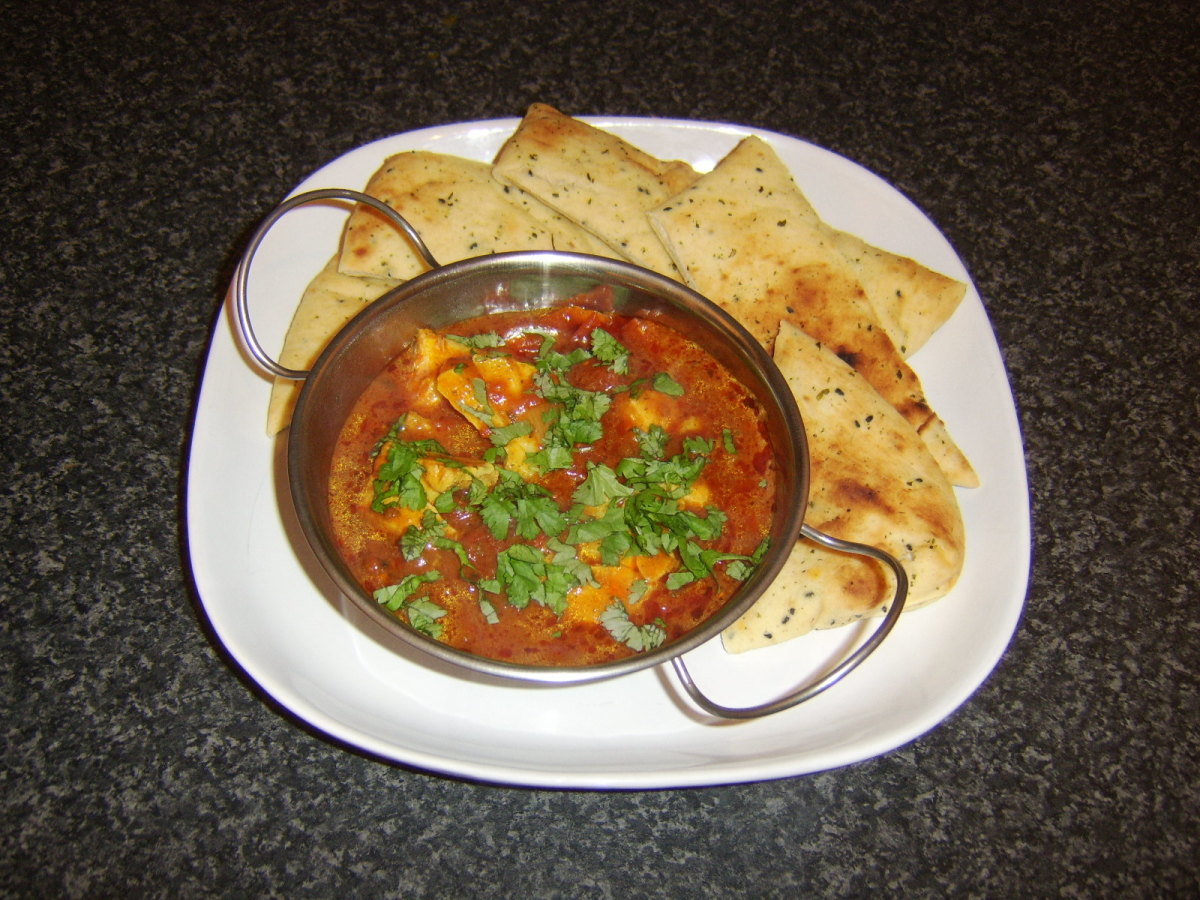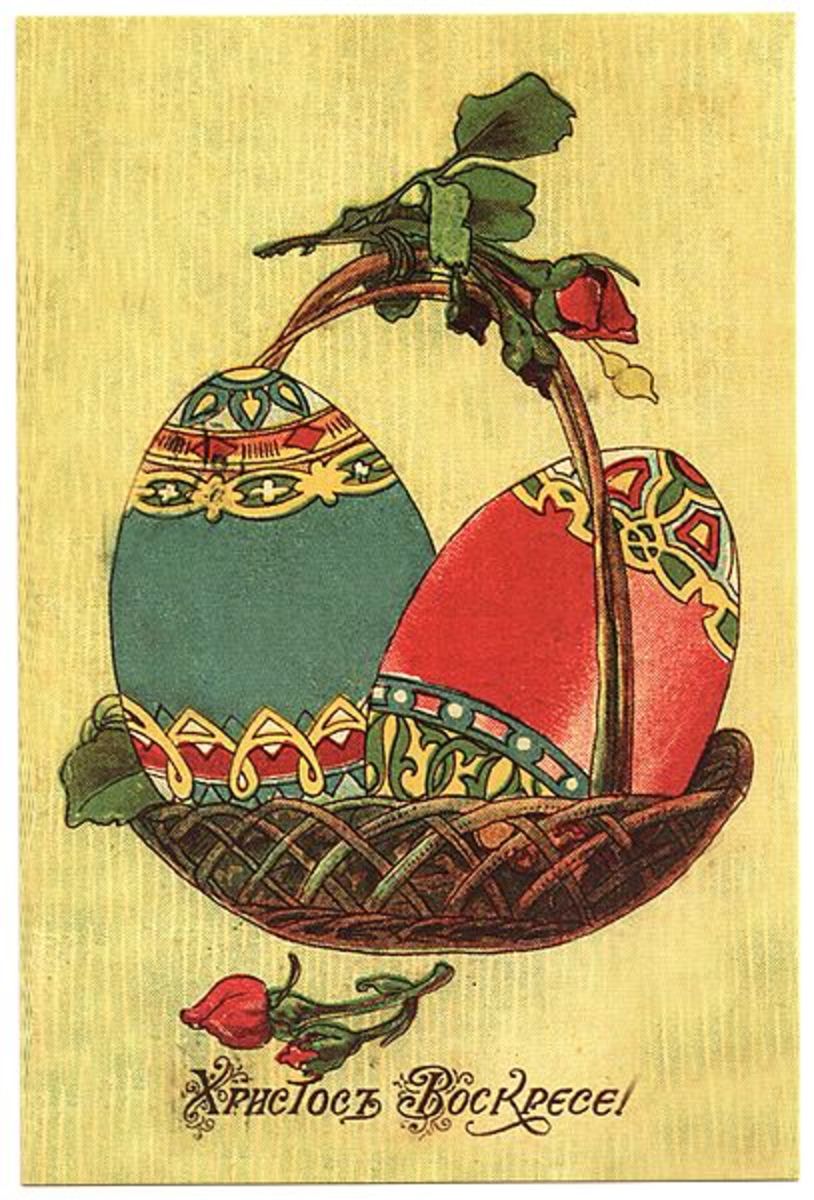Shrimp

Shrimp Information and Recipes
This page features shrimp information, pictures, recipes and shrimp for sale.
Shrimp is the most popular type of seafood in the USA. Wild American shrimp include warm water shrimp of the southern USA and cold water shrimp from the North Atlantic and Pacific.
Americans consume more than 4 pounds of shrimp per person annually.
American Shrimp
Shrimp is the most popular seafood in the USA. Wild American shrimp include both warm water shrimp of the southern USA and cold water Shrimp from northern parts of the Atlantic and Pacific oceans.
Several species of warmwater (penaeid) shrimp occur along the South Atlantic coast and Gulf of Mexico, including white shrimp (Litopenaeus setiferus), brown shrimp (Farfantepenaeus aztecus), pink shrimp (Farfantepenaeus duorarum), royal red shrimp (Pleoticus robustus or Hymenopenaeus robustus), and rock shrimp (Sicyonia brevirostris). Approximately 68 percent of wild American shrimp are harvested from the Gulf of Mexico.
Northern shrimp (Pandalus borealis) are found in the North Atlantic. A Northern shrimp fishery exists in the Gulf of Maine with shrimp being landed in Maine and New Hampshire.
The Northwest USA is home to pink shrimp (Pandalus jordani ). Pink shrimp are small, usually ranging in size from about 100 to 140 whole shrimp per pound. Pink shrimp are harvested in the cool Pacific Ocean from Northern California to Southeast Alaska using advanced trawl methods.
Pink shrimp are iced at sea and delivered to shore for cooking, peeling, and freezing, resulting in an extremely fresh high quality product. Canned and frozen shrimp are available year round, and fresh shrimp are typically available at local markets from Apr. 1 to Oct. 31.
The USA shrimp catch is about 55% being brown, 35% white, with other American species making up the remainder of the catch.
Shrimp are sized by "count". The number is the average number of shrimp specimens per pound. This applies to both whole and heads-off shrimp. For example, headless shrimp of 16/20 count means there are 16 to 20 headless shrimp per pound. Counts for headless shrimp typically range from 16/20 (the largest shrimp) to 60/70 (the smallest).
Several organizations have begun branding or certification of wild caught American shrimp products. These actions help consumers indentify and choose wild caught shrimp. Branding and certification programs apply not only to Southern and Gulf Coast shrimp, but also to Pacific species and cold water shrimp from New England.
The Southern Shrimp Alliance (SSA) is a dynamic alliance of eight southern coastal states from North Carolina to Texas, representing the harvesters, processors, and distributors of American wild caught shrimp, dedicated to giving the consumer a wild-caught, nutritious shrimp from sustainable stocks in the Gulf of Mexico and South Atlantic waters, and thereby bringing long term stability to the domestic shrimp industry.
Wild American Shrimp (www.wildamericanshrimp.com) is another organization that promotes American caught shrimp. The site has a variety of features including shrimp news, events, recipes and facts.
Gourmet Shrimp Meals from Amazon
Types of Farm Raised Shrimp
Black tiger shrimp get their name from the dark stripes that encircle their shell. Black tiger shrimp are also known as giant tiger prawns, or tigers. When cooked, tiger shrimp meat turns white and the black stripes on the shell turn bright red. Black tiger shrimp are among the most popular varieties of shrimp in Asian, European and American markets.
Pacific white shrimp, are a variety of prawn commonly farm raised for food. Also known as whiteleg shrimp, these are large, attractive prawns with white legs as their nickname implies.
More farmed shrimp descriptions are coming soon...
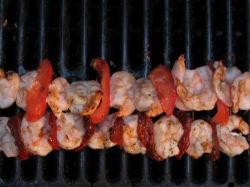
Cooking and Enjoying Shrimp
Shrimp tend to be low in fat and calories and have no carbohydrates or trans fatty acids. Shrimp contain vitamins B3, B6, B12, vitamin D and Omega-3 fatty acids. They are also sources of tryptophan, selenium, protein and minerals including iron, phosphorus, zinc and copper.
Shrimp are favorite seafood items for many reasons. They freeze well, are easy to prepare and cook and are considered to a healthy addition to our diet.
They are delicious steamed, boiled, grilled, fried and in dishes like shrimp scampi. They are also popular as an appetizer, such as shrimp cocktail, shrimp bisque and shrimp salad.
Pineapple Honey Grilled Shrimp
1 1/2 pounds Florida shrimp, peeled and deveined
1 cup pineapple chunks
2 Tbsp fresh Florida lime juice
2 Tbsp olive oil
2 Tbsp honey
1 tsp Florida garlic, minced
2 tsp soy sauce
Arrange shrimp and pineapple chunks on wooden skewers and place in a flat bottom glass casserole dish. In a small bowl, combine lime juice, oil, honey, garlic and soy sauce, reserving one ounce for basting during cooking. Pour the remaining marinade over shrimp skewers. Cover and refrigerate for 1 hour. Place skewers on grill about 6 inches from coals or gas flame. Cook for 3 to 4 minutes on each side until shrimp are opaque and pineapple begins to brown; baste with reserved marinade before turning. Serve with grilled vegetables.
Yield: 4 servings.
source FL-seafood.com
Shrimp Books
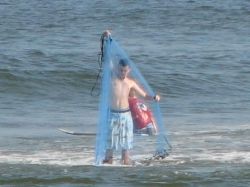
Catching Shrimp
Wild caught southern shrimp are usually harvested by commercial shrimp boats. These boats trawl areas of sandy bottom when shrimp are active.
Commercial fisheries also exist in the Northern and Pacific USA. A Northern shrimp fishery uses bottom trawling in the Gulf of Maine while Pacific shrimpers in Oregon and Washington use a mid-water trawl to catch the tiny pink shrimp.
A few shrimp are caught commercially with cast nets. A recreational fishery is similar, with limits in most states on how many shrimp a person can retain.
Baiting is another method for catching shrimp. Many interesting techniques are used, including baiting shrimp from a boat, pier, shoreline or other structure. The standard technique uses long poles with bate and cast nets. The long poles are used to identify and mark the area and then the bait is placed near it, the cast net is thrown close to the bait and the shrimps are caught. Besides cast nets, trawls, seines and dip netting are used.
The bait consists of a fish meal, corn meal, flour, cat food or chicken meal. Strict regulations are in place and special licenses for shrimp baiting are required in some regions. After catching, shrimp are processed by removing the shell, head, tail and sand vein.
American Shrimp Facts
In 2006, Americans consumed 4.4 pounds of shrimp, per capita.
The United States imported 1.23 billion pounds of shrimp in 2007, a 5.7 percent decline from 2006.
Roughly 90 percent of the U.S. shrimp supply is imported.
Shrimp has been America's favorite seafood since 2001.
Canadian Cold Water Shrimp
Northern Prawn
The Canadian northern prawn trawl fishery is now the largest MSC-certified coldwater shrimp fishery in the world. The primary market for this fishery is the United Kingdom, with other major markets including continental Europe, the United States and other international markets. As a coldwater shrimp, the northern prawn (Pandalus borealis), is smaller than tropical shrimp but is well known for its sweet, highly flavorful meat.
Canadian northern prawn trawlers fish withe otter trawls fitted with separator grates to reduce bycatch as fish pass through the grate and escape from the trawl. The fishery runs from mid-spring to early fall. Raw material is landed fresh to processing facilities around the province of Newfoundland and Labrador, where it is produced in single frozen, cooked and peeled format.
Striped Shrimp and Northern Shrimp
Both the striped shrimp (Pandalus montagui) and northern shrimp (Pandalus borealis) fisheries capture the coldwater shrimp in otter trawls, primarily between 200 and 500 meters of depth. Much of the fishery operates in the northwestern Atlantic and Arctic Oceans, in offshore areas of the Canadian exclusive economic zone, from the Grand Banks of Newfoundland to the far north adjacent to Baffin Island.
The offshore northern shrimp fishery overlaps part of the Canada northern prawn fishery. The offshore northern shrimp fishery includes vessels of 100 feet and larger. This fishery focuses mainly on frozen-at-sea, raw and cooked shell-on products that are marketed primarily in Russia, Ukraine, China, Japan and Western Europe.
The offshore striped shrimp fishery produces frozen-at-sea, raw and cooked shell-on products, which are also marketed primarily in Russia, Ukraine, China, Japan and Western Europe.
Sources of shrimp information include Marine Stewardship Council press releases
South American Shrimp
Atlantic seabob shrimp fishery information.
The fishery for Atlantic Seabob shrimp (Xiphopenaeus kroyeri), a small-sized short-lived shrimp, takes place in the coastal waters of Suriname and is located within the Guiana-Brazil Large Marine Ecosystem. Using twinrigged otter trawls, the fishery runs all year round. The seabob trawlers land to the local fleet management of processing companies. Annual landings are approximately 10,000MT, which is over 90% of the Suriname seabob landings.
source: MSC press release
